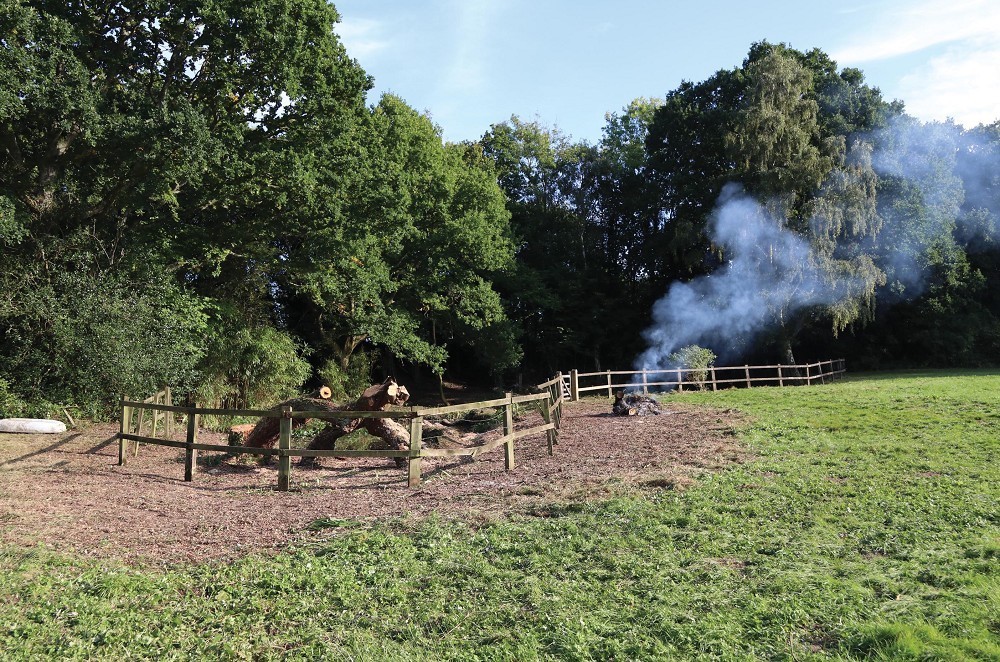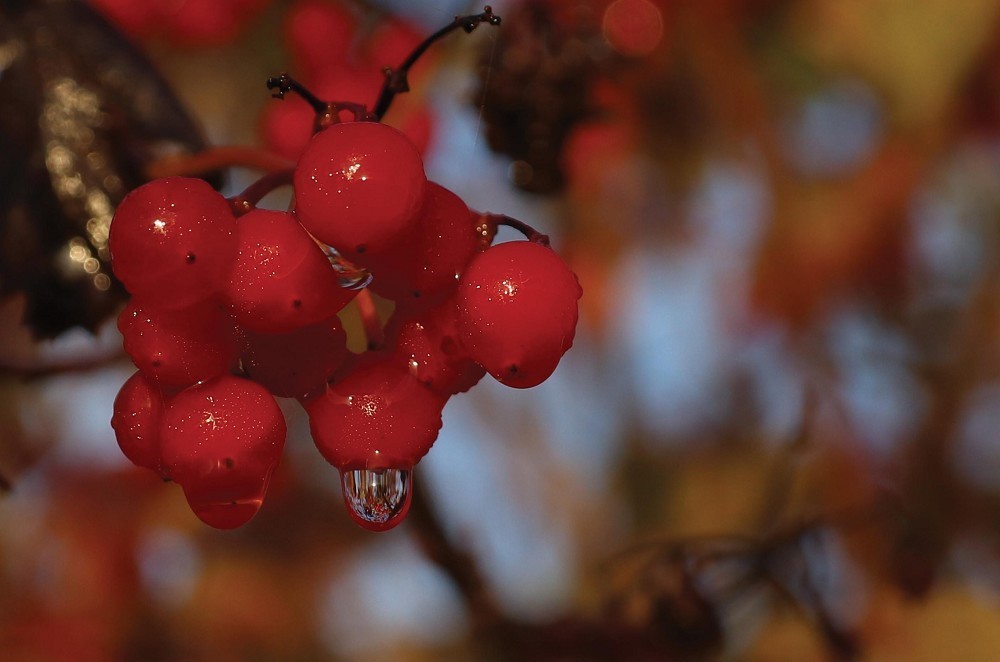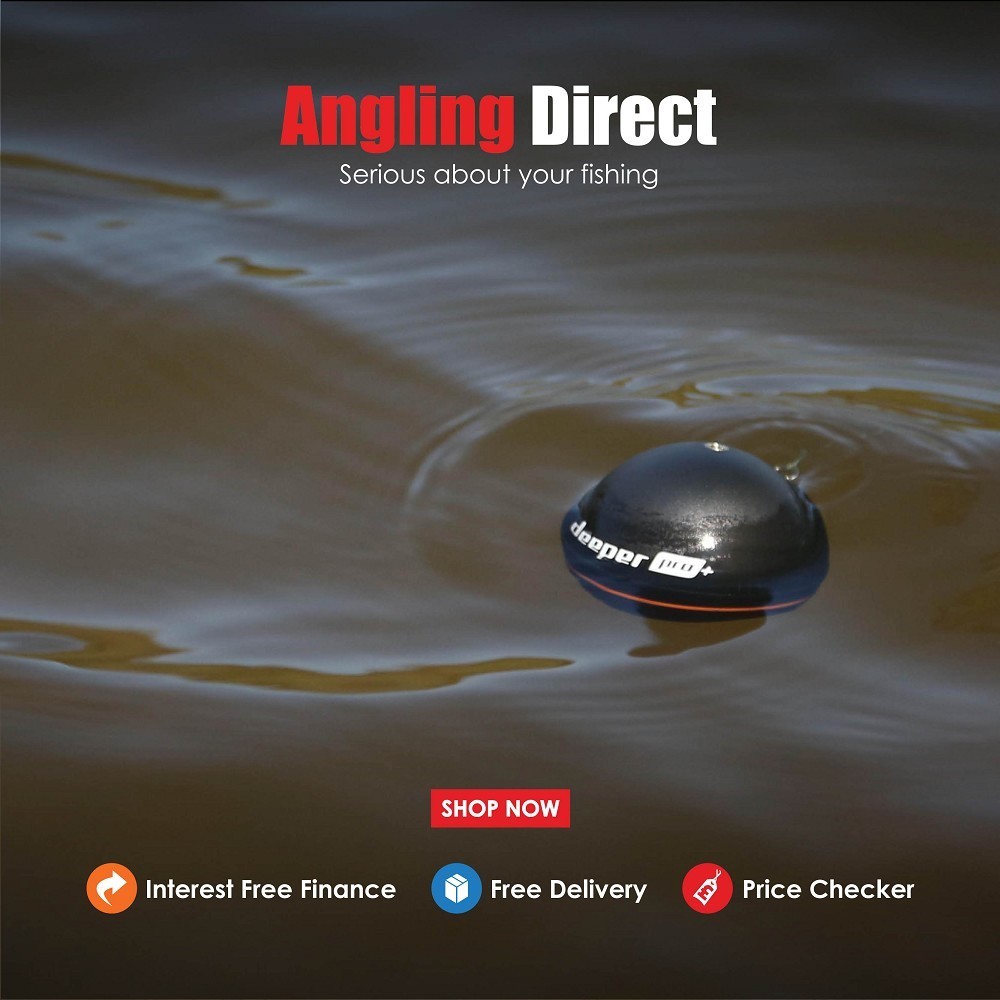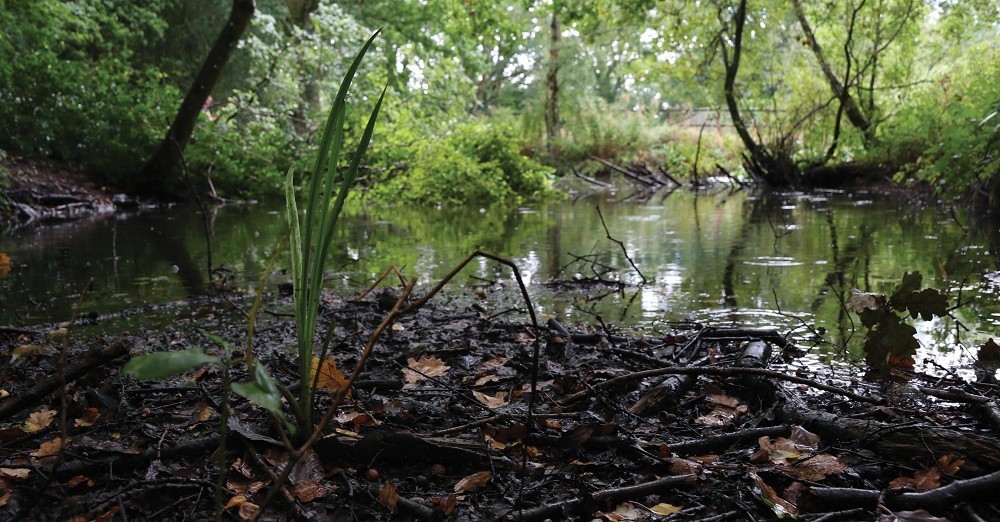
The truth about... leaves!
Simon Scott debunks the truth on a carp angler's worst nightmare but a must-do for all fishery managers: tree-removal and discusses the ill-effects of leaf-litter
As a carp angler there is nothing that I like better than to sit back behind my rods while looking out across an established gravel pit. A huge expanse of water surrounded by tall trees is a stunning sight. Towering mature trees give a lake a great deal of its character adding a tapestry of greens and olives that compliment the shimmering water surface perfectly. As the autumn arrives those shimmering greens turn to vibrant yellows and burning golds. They glow beautifully in the watery sunlight of a frosty dawn, creating a magical scene along banks, above quiet rods and a frosty bivvy.
However, as a fish farmer and with over twenty-years experience in the management of coarse fisheries I also see trees and their leaves from another perspective. As much as I love to see trees around a fishery I also have a very good understanding of the harm that they can cause to water quality and ultimately valuable fish stocks unless properly managed.
Reason One
In my experience trees and their leaves can cause problems in three different ways. The first of these is through the creation of snags. As a carp angler I love to see overhanging branches, they give a fishery a smashing carpy look and they almost invite you to cast at them! But unfortunately overhanging trees rarely stay that way and with time if they are not managed a number of the trees growing along the margin will eventually end up in the lake creating deeply sunken snags.
As we all know, carp LOVE snags; they represent a sanctuary for the fish and as such will rapidly become an excellent spot to find carp. Fishing to snags can be VERY productive BUT it has a shocking downside that as anglers we rarely see. I am talking about tethered fish.
Through my work within fishery management I have been involved in many snag removal projects and they are always unpopular with the anglers fishing the venue at the time. They change the appearance of the fishery and they will change the behaviour of the fish. However, in the last twenty or so years I have rescued a number of tethered fish during such operations and also removed miles of line, bucketfuls of leads and of course, many rigs. Sadly, I have also found fish that have been tethered that have not survived. As a passionate angler and a carp fanatic through and through, you only have to see one tethered fish to know that fishing irresponsibly tight to snags is NOT cricket. A well-managed fishery should have overhanging trees BUT it should not have any snags beneath the water.
Reason Two
The second problem that thick marginal trees and their associated leaves cause is that they prevent wind moving across the surface of the water. Wind moving over the surface helps the fishery in several ways. Firstly, the formation of ripples stretches the surface of the water and this enables more oxygen to diffuse into the lake, which is a vital process and essential to our valuable carp. Secondly, the action of wind across the surface creates currents within the water column. These help to mix the water within the fishery by dragging water up from the deeper areas and mixing it with the well oxygenated layers nearer the surface. Again, this has enormous benefits for the fishery because it helps to drag oxygen down towards the bed of the fishery where it is needed.
A well-planted and managed fishery will allow the passage of wind over the surface of the lake. Wind lanes should be maintained so that even the gentlest of summer breezes ruffles the surface helping the processes outlined above.
 Believe it or not there is a pond in there somewhere. The fish are suffocating and the silt is five-feet deep in places! Restoration required urgently
Believe it or not there is a pond in there somewhere. The fish are suffocating and the silt is five-feet deep in places! Restoration required urgentlyAnd Reason Three
The third reason that trees can be a BIG problem around a fishery is through the effect that autumn-shed leaves can have upon the bed of the fishery and the dissolved oxygen within the water column. Although it is very difficult to find exact data regarding the weight of leaves that fall off a tree each year, anybody that has a tree in their garden will be well aware that even a relatively small tree can produce a lot of leaves! In fact, a mature oak tree may have as many as 200,000 leaves and other species, such as elm, may have far more. Amazingly researchers believe that woodland leaf litter production ranges from 2.5 to 6.8 metric tons per hectare per year, depending upon species and tree density.
Now, based upon the above it is likely that a heavily wooded fishery may receive several metric tons of leaves each autumn. Many of these will drift across the surface before collecting along the margins and in any bays on the windward bank. Once here they gradually become waterlogged and then sink out of sight to the bottom.
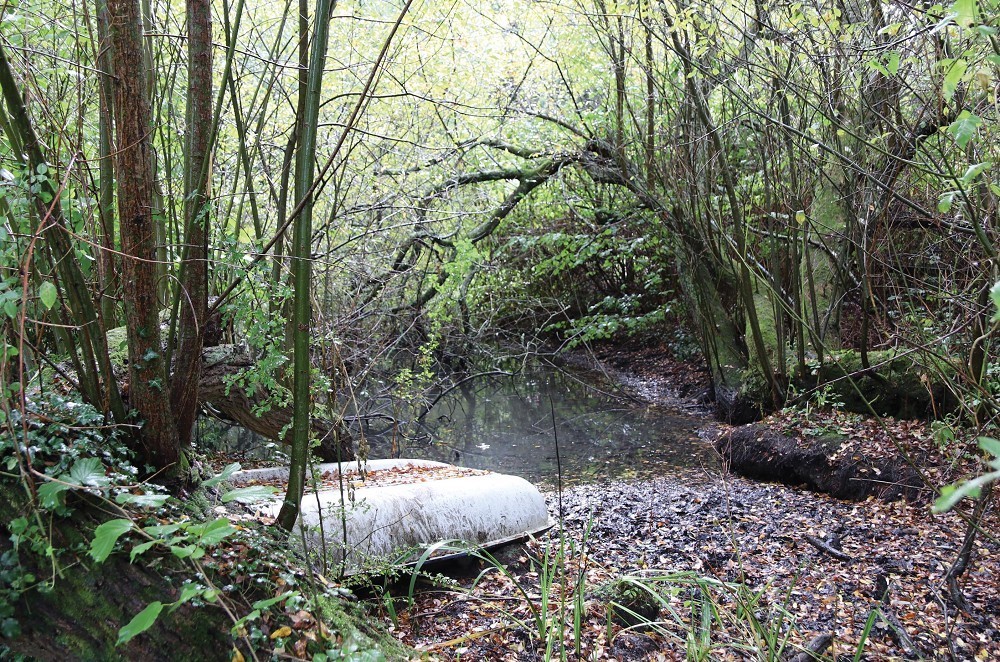 Certainly a carp scene, however the silt beside the boat is more than a metre deep and is comprised of poorly rotted leaves which are sucking up oxygen and have reduced this bay to dry land in twenty-years.
Certainly a carp scene, however the silt beside the boat is more than a metre deep and is comprised of poorly rotted leaves which are sucking up oxygen and have reduced this bay to dry land in twenty-years.Unfortunately, once they have reached the bed of the fishery the problems begin to start. The rotting process that breaks down these leaves consumes a considerable amount of oxygen. In fact, this process consumes far more oxygen than the fish do. In most fisheries the stock of fish only consume somewhere in the order of 10% of the available oxygen within the water.
A heavy leaf fall into a fishery can quickly result in an enormous requirement for oxygen and this oxygen is not always available within the water column. Additionally, to make matters worse at the same time of the year that the leaves are falling into the lake, any submerged weed that has been growing vigorously through the summer months has started to die off and break down. The processes involved in rotting down all the weed also sucks up valuable oxygen. With all the rotting organic matter now in the fishery using up most of the available dissolved oxygen, levels of this vital gas can rapidly fall to a point at which fish stocks begin to suffer.
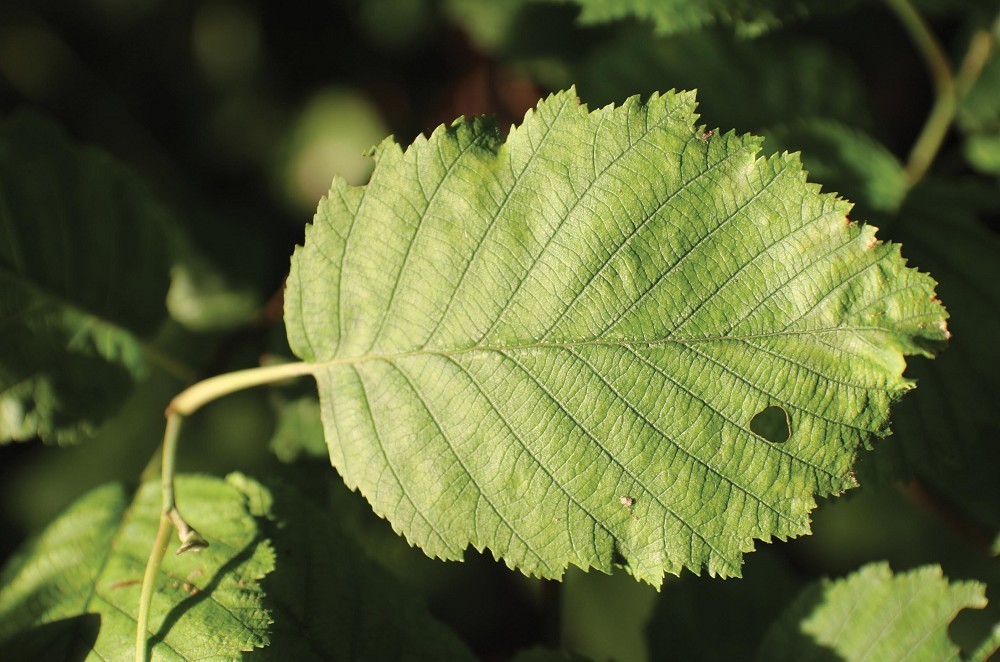 Watching carp in a snaggy corner. Snaggy spots are great places to watch carp enjoying the sun BUT if you fish such areas you MUST use the right gear and be right on your rod at all times
Watching carp in a snaggy corner. Snaggy spots are great places to watch carp enjoying the sun BUT if you fish such areas you MUST use the right gear and be right on your rod at all timesInitially fish will stop feeding and will hunt out the clearer more oxygenated parts of the fishery. Interestingly, I received several tweets to my Twitter account in the last week or two following a post I put up of a golden oak tree looking splendid in her autumnal colours. In every case the anglers were commenting about how the autumnal leaf fall negatively affected their sport.
If the situation worsens, many species will come to the surface and sit on the surface layers trying to gain as much oxygen as they can. In very bad cases, particularly if the venue contains loads of leaves and rotting weed, fish may well start to suffocate. At this stage sadly we can witness a “fish kill” occur, where high numbers of fish die through lack of oxygen.
In addition to the obvious fact that the fish are suffering in these types of scenario, another often unseen problem is the rapid build-up of organic silt on the bed of the fishery. As I have already explained, for the process of rotting to take place, lots of oxygen is required. If the lake in question has very heavy leaf fall and is poorly oxygenated, then a situation will occur whereby the leaves only partially decompose. The partially decomposed leaf litter is then smothered by yet more falling leaf and weed debris and quickly we see a build-up of partially rotted silt. I have witnessed organic silt of this nature reaching depths of five feet or more, in gravel pits that are only sixty years old but are very heavily wooded!
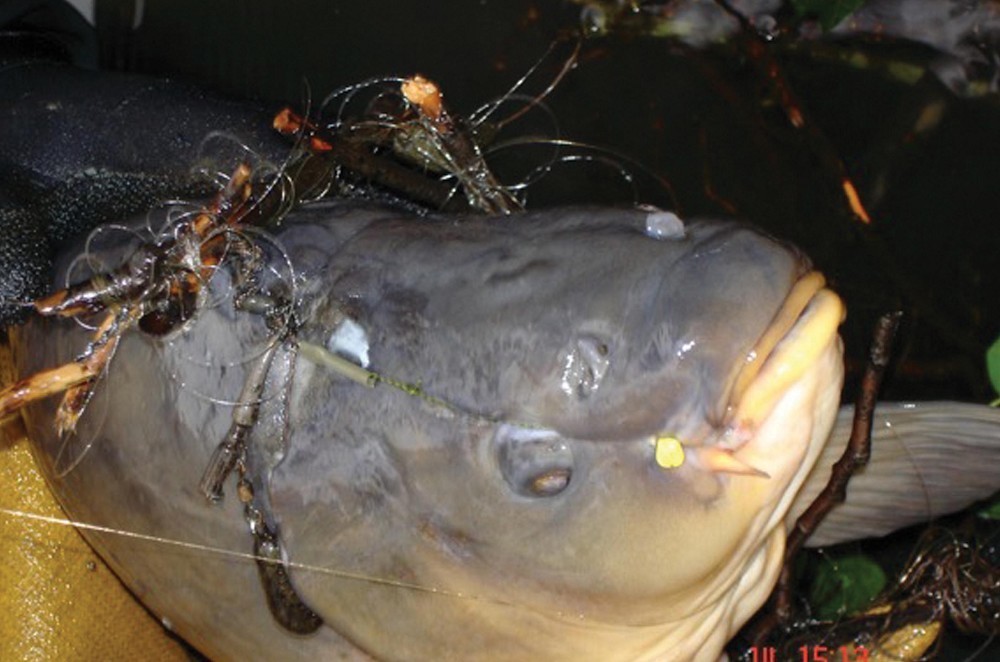 This carp was found tethered amongst a huge sunken snag – had the snag not been removed that winter it would have died there. I’m pleased to say, despite being entangled in several different rigs (including the one in its mouth) and wrapped up with several metres of line which had cut through the skin, this fish made a full recovery
This carp was found tethered amongst a huge sunken snag – had the snag not been removed that winter it would have died there. I’m pleased to say, despite being entangled in several different rigs (including the one in its mouth) and wrapped up with several metres of line which had cut through the skin, this fish made a full recoveryA New Era
Fifty years ago when gravel pit chains such as the Yateley complex were being excavated for their valuable gravel, there were only rough guidelines about the restoration that would have been required after the pit had been dug. As a consequence, steep margins were often left in place and trees were planted right along the edge of the new lake.
Gravel pits that are being excavated presently are being dug to very exacting restoration plans that involve the creation of gently sloping margins and although tree planting schemes are in place they are set back from the edges to prevent some of the problems outlined above.
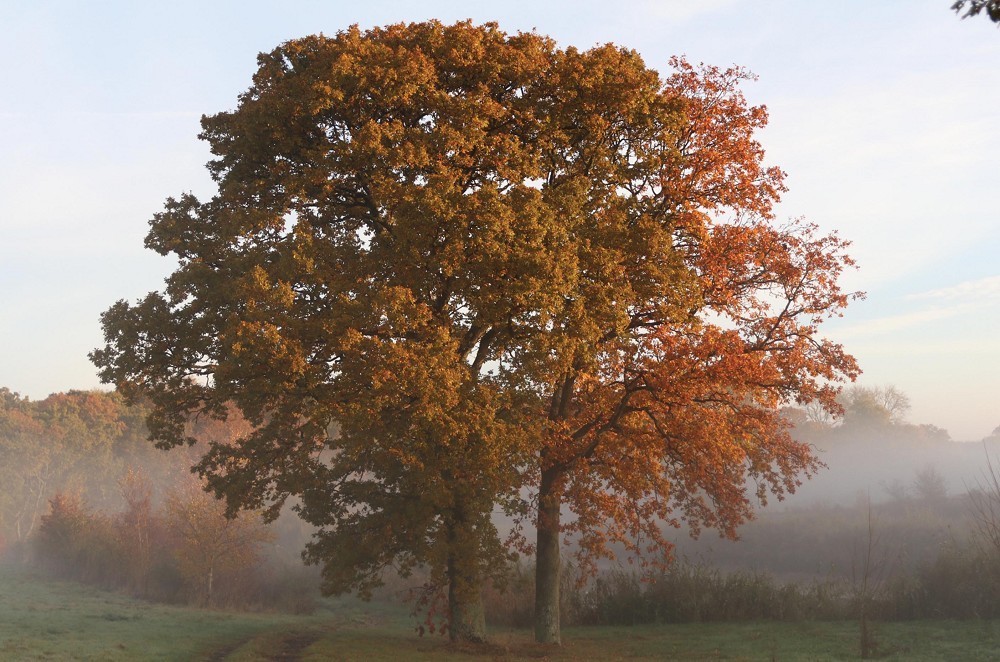 Stunning autumnal colours BUT these oak leaves are not brilliant for the water quality in our fisheries
Stunning autumnal colours BUT these oak leaves are not brilliant for the water quality in our fisheriesI hope this article has helped to shed a little light on the problem that fishery managers face with trees. In conclusion, while I fully understand that mature trees set off a lake and give it character, it is VITAL that tree stocks around fisheries are managed carefully and with water quality in mind. No tree management is NOT an option – unless you are happy to sit back and watch the stocks that we all love so much slowly suffocate and the fishery become a silty, shallow swamp!
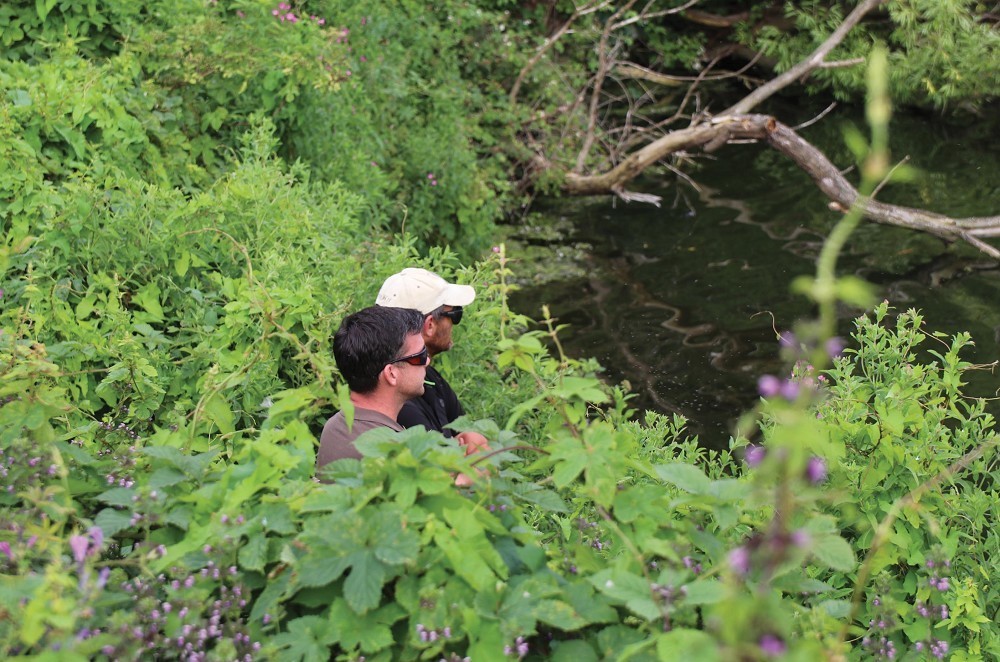 How many of these fall off trees around your fishery EVERY year and what effect are they having on your carp and the bottom of their lake?
How many of these fall off trees around your fishery EVERY year and what effect are they having on your carp and the bottom of their lake?


